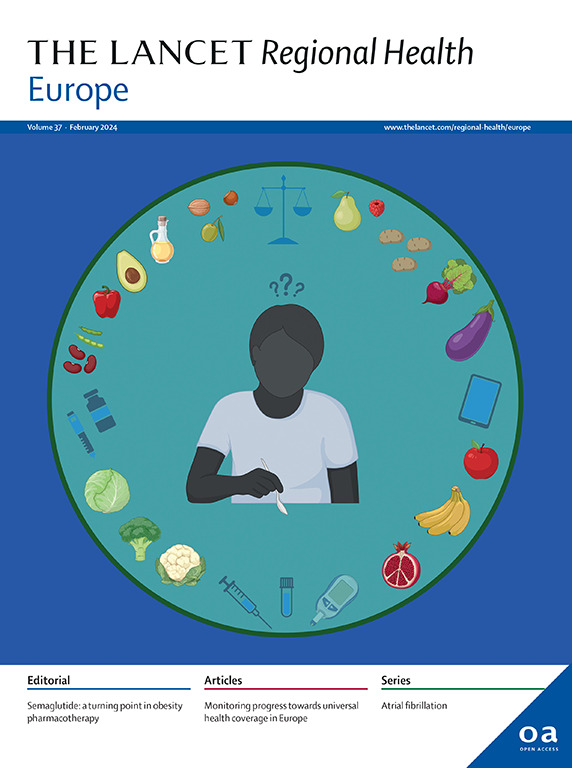Changing clinical perspectives on sex and healthcare disparities in ischaemic heart disease
IF 13
Q1 HEALTH CARE SCIENCES & SERVICES
引用次数: 0
Abstract
Ischaemic heart disease (IHD) has historically been under-researched in women, leading to significant gaps in understanding sex-specific risk factors and outcomes. To address this issue, The Lancet Regional Health–Europe convened experts from a broad range of countries to evaluate sex-related cardiovascular inequalities and propose recommendations to address these disparities. Despite developing IHD a decade later than men, women experience higher mortality rates. Global Burden of Disease data highlight persistent sex differences in IHD mortality, with women showing higher mortality despite lower prevalence. Factors such as psychosocial stress, reproductive health, and physical inactivity disproportionately impact women's cardiovascular health, while caregiving responsibilities and delayed healthcare access further exacerbate these disparities. There is an urgent need to recognize chest pain symptoms in women and to reduce the time lag between symptom onset and hospital presentation. Addressing these gaps requires targeted public health interventions, expanded research, and improved clinical practices, emphasizing equitable healthcare access and greater inclusion of women in clinical trials. Tailoring treatment guidelines to account for sex differences in outcomes could significantly improve survival rates for women with IHD.
缺血性心脏病中性别和保健差异的临床观点变化
缺血性心脏病(IHD)在女性中的研究一直不足,导致对性别特异性风险因素和结果的理解存在重大差距。为了解决这一问题,《柳叶刀-欧洲区域卫生》召集了来自广泛国家的专家,评估与性别有关的心血管不平等现象,并提出解决这些不平等的建议。尽管妇女比男子晚10年发病,但死亡率较高。全球疾病负担数据强调了IHD死亡率的持续性别差异,尽管女性患病率较低,但死亡率较高。心理社会压力、生殖健康和缺乏身体活动等因素对妇女心血管健康的影响不成比例,而照料责任和获得医疗服务的延迟进一步加剧了这些差异。迫切需要识别妇女的胸痛症状,并减少症状发作和住院表现之间的时间滞后。解决这些差距需要有针对性的公共卫生干预、扩大研究和改进临床实践,强调公平的医疗保健机会和更多地将妇女纳入临床试验。量身定制治疗指南,考虑到结果的性别差异,可以显著提高IHD女性的存活率。
本文章由计算机程序翻译,如有差异,请以英文原文为准。
求助全文
约1分钟内获得全文
求助全文
来源期刊

Lancet Regional Health-Europe
Multiple-
CiteScore
19.90
自引率
1.40%
发文量
260
审稿时长
9 weeks
期刊介绍:
The Lancet Regional Health – Europe, a gold open access journal, is part of The Lancet's global effort to promote healthcare quality and accessibility worldwide. It focuses on advancing clinical practice and health policy in the European region to enhance health outcomes. The journal publishes high-quality original research advocating changes in clinical practice and health policy. It also includes reviews, commentaries, and opinion pieces on regional health topics, such as infection and disease prevention, healthy aging, and reducing health disparities.
 求助内容:
求助内容: 应助结果提醒方式:
应助结果提醒方式:


